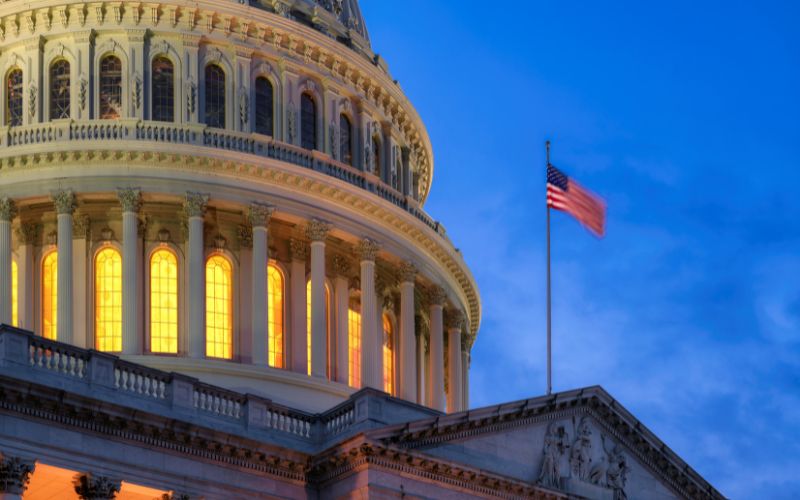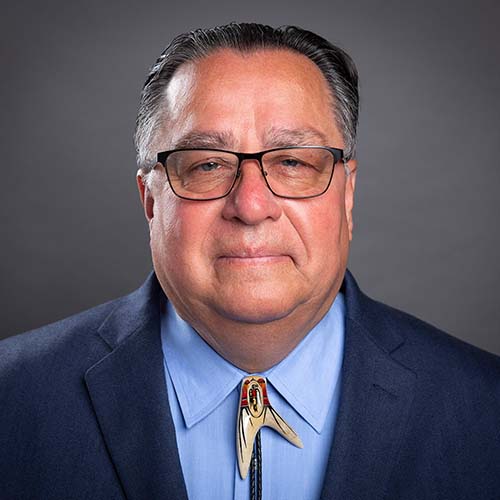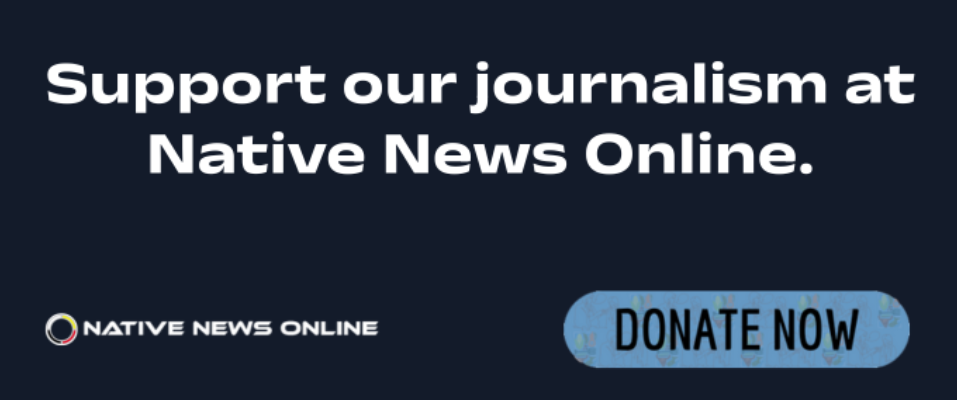
- Details
- By Shaun Griswold
In the weeks leading up to the shutdown, tribal nations campaigned hard — though with mixed results — to ensure that the federal government continued to fulfill its treaty obligations.
This article was originally published in High Country News.
And they were able to prevent the shutdown’s worst impacts on Indigenous communities, largely due to tribal self-determination policies that have created a $47 billion gaming industry and an accompanying reserve of economic and political capital.
“We may disagree on tactics, we can find common ground on public safety, health, and economic opportunity,” said Mark Macarro, president of the National Congress of American Indians (NCAI), before the shutdown. “And those aren’t partisan goals; those are goals that unite us as people. We saw commitment not only from long-standing champions, but from new ones.”
More Stories Like This
Native News Weekly (August 25, 2024): D.C. BriefsUS Presidents in Their Own Words Concerning American Indians
Federal Court Dismisses Challenge to NY Indigenous Mascot Ban
Sen. Angus King Warns of ‘Whitewashing’ History in National Parks Under Trump Administration
Final Call for Donations as CRYP’s 2025 Toy Drive Nears the Finish Line
Help us defend tribal sovereignty.
At Native News Online, our mission is rooted in telling the stories that strengthen sovereignty and uplift Indigenous voices — not just at year’s end, but every single day.
Because of your generosity last year, we were able to keep our reporters on the ground in tribal communities, at national gatherings and in the halls of Congress — covering the issues that matter most to Indian Country: sovereignty, culture, education, health and economic opportunity.
That support sustained us through a tough year in 2025. Now, as we look to the year ahead, we need your help right now to ensure warrior journalism remains strong — reporting that defends tribal sovereignty, amplifies Native truth, and holds power accountable.
 The stakes couldn't be higher. Your support keeps Native voices heard, Native stories told and Native sovereignty defended.
The stakes couldn't be higher. Your support keeps Native voices heard, Native stories told and Native sovereignty defended.
Stand with Warrior Journalism today.
Levi Rickert (Potawatomi), Editor & Publisher

